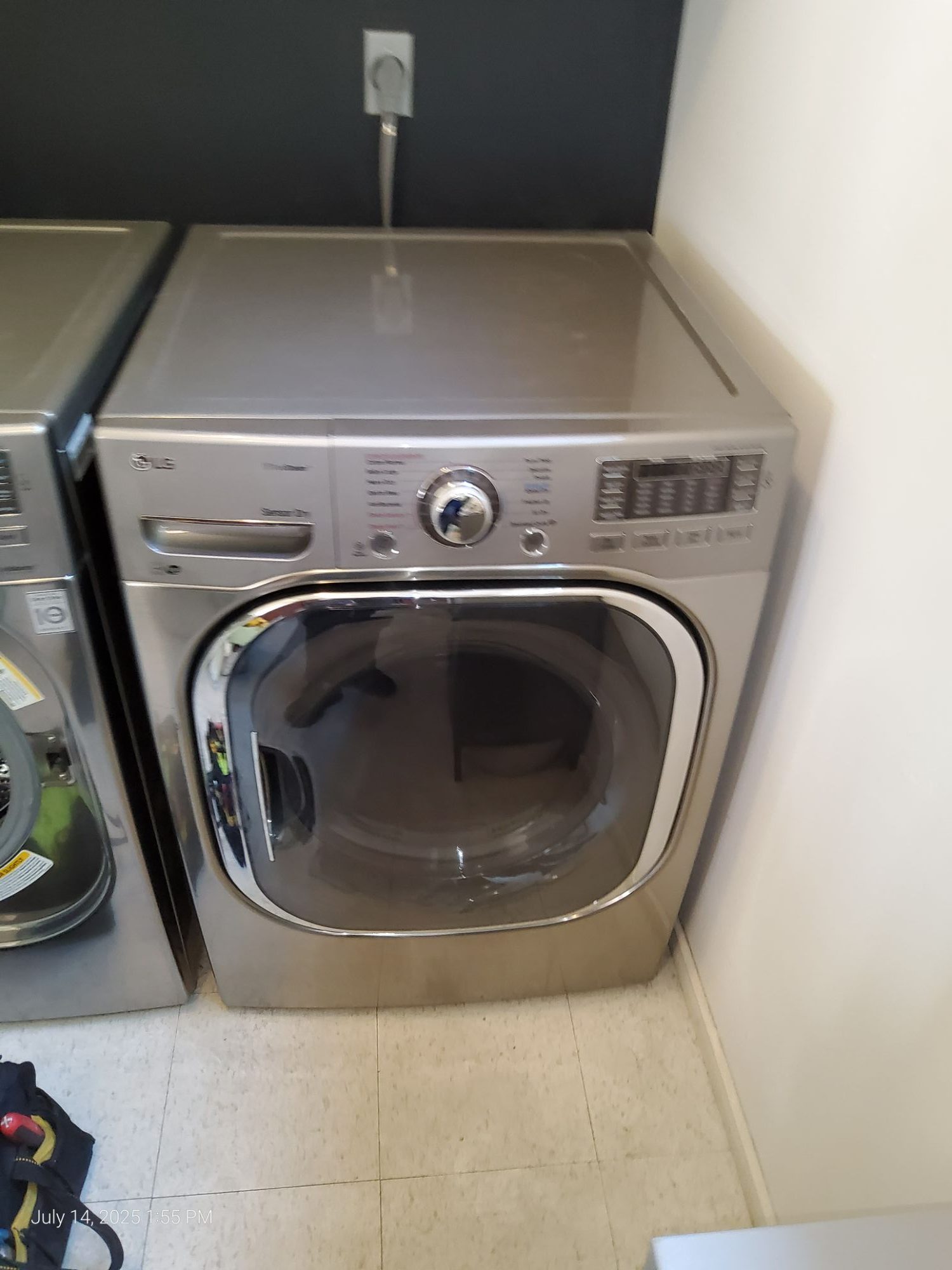
Washing machines are designed to make laundry convenient and efficient. However, one common problem that many homeowners encounter is excessive foam during the wash cycle. While it may seem harmless at first, too much foam can actually lead to several issues, including poor rinsing, residue on clothes, and even damage to the washing machine itself. Understanding the causes of excessive foam and knowing how to prevent it can help extend the life of your appliance and ensure your clothes come out clean and fresh.
The primary reason for excessive foam in washing machines is the use of the wrong type of detergent. Modern washing machines, particularly high-efficiency (HE) models, require low-sudsing detergents specifically formulated for their operation. HE detergents are designed to produce minimal foam, which allows the machine to clean effectively without overfilling the drum or triggering error codes. Using regular detergent in an HE washing machine can cause a significant build-up of foam, leading to ineffective rinsing and longer drying times.
Another major factor contributing to excessive foam is overuse of detergent. Even the correct type of detergent can create problems if too much is used. Many people believe that adding more detergent will make clothes cleaner, but this is a misconception. Excess detergent does not improve washing performance; instead, it results in soap residue accumulating on fabrics and the interior of the washing machine. This residue can harbor bacteria and mold, creating unpleasant odors and potentially triggering allergic reactions for sensitive individuals.
Excessive foam can also affect the mechanical components of a washing machine. For instance, foam buildup can interfere with the proper functioning of the drum, agitator, or pump. The washing machine may struggle to rinse properly, extend cycles, or in some cases, display error messages. Over time, persistent foam issues can cause wear and tear on parts like seals and hoses, leading to leaks or costly repairs.
Preventing excessive foam begins with understanding your washing machine’s requirements and using the right detergent in the correct amount. Always check the manufacturer’s guidelines for detergent type and quantity. For HE machines, always choose HE-labeled detergents and avoid generic or regular formulations. Measure detergent accurately using the provided cap or a dedicated measuring tool. Avoid “eyeballing” detergent amounts, as even small excesses can contribute to foam problems.
In addition to using proper detergent, consider the water hardness in your area. Hard water can reduce detergent effectiveness, prompting some users to add extra detergent unnecessarily. In such cases, it’s better to install a water softener or use a detergent formulated for hard water rather than increasing detergent quantities. Proper load management is also important. Overloading the washing machine can trap detergent, preventing thorough rinsing and increasing foam formation. Stick to the recommended load capacity for your model to achieve optimal washing performance.
Regular maintenance of your washing machine can also help prevent excessive foam. Residue from detergents and fabric softeners can accumulate in the detergent drawer, drum, and filters. Periodically running an empty cycle with hot water and washing machine cleaner can remove buildup and maintain efficient performance. Additionally, inspect hoses and seals for signs of wear or buildup, as foam-related residues can cause leaks or odor problems over time.
Sometimes, excessive foam may indicate underlying mechanical issues, such as a malfunctioning detergent dispenser or clogged drain system. If you consistently experience foam problems despite using the correct detergent and following recommended quantities, it may be a sign that your washing machine requires professional servicing. Addressing mechanical issues early can prevent more serious problems and ensure your machine operates safely and efficiently.
In conclusion, excessive foam during washing is usually caused by using the wrong detergent type or overusing detergent. While it might seem like a minor inconvenience, the problem can negatively affect washing performance, damage clothing, and strain your washing machine. By selecting the correct detergent, using it in the proper amount, managing load sizes, and maintaining your appliance regularly, you can prevent foam-related issues and enjoy consistently clean laundry.
For persistent or severe foam problems, it is best to consult a professional. San Diego Appliance Repair Service offers expert diagnostics and repair services to address washing machine issues, ensuring your appliance functions safely and efficiently. Don’t let excessive foam compromise your laundry—contact San Diego Appliance Repair Service today for reliable solutions and peace of mind.
Contact us
(619) 719-5005
[email protected]